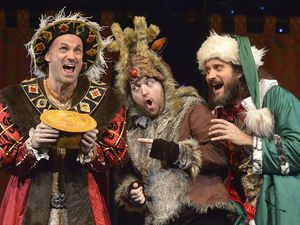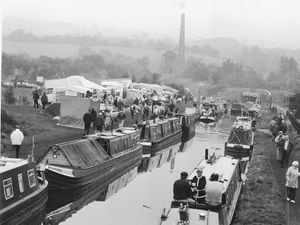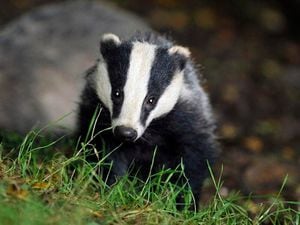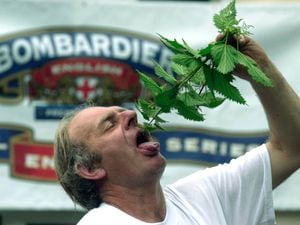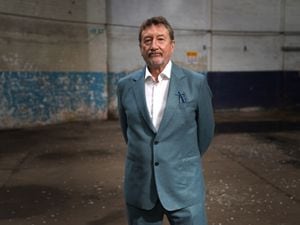Memories of the atom bomb tests as Oppenheimer enthrals cinema audiences
The new film Oppenheimer tells the story of the development of the atom bomb. Peter Rhodes spoke to test veterans for his book For a Shilling a Day.
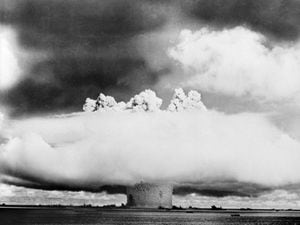
June 2007
"We faced away from the explosion. We wore sunglasses and we covered our eyes with our hands. When it went off, we could see our finger bones," says Roger Carter. "There was a lorry nearby and we thought we’d get on it for a better view. Then we saw the blast knocking over the palm trees in front of us. Then it knocked us flat, too. There was this wave of heat and this enormous turmoil of red, black and gold burning in the sky. Some people say it was beautiful. It was certainly awe-inspiring."
Roger Carter, a 22-year-old NCO in 49 Squadron, was witnessing hell on earth. Thousands of British servicemen saw one or two nuclear explosions as observers (some say guinea pigs) at the UK tests in the Pacific and the Australian Outback. But Mr Carter, who led the team responsible for loading and handling these fearsome devices, saw six tests – three atom bombs and three hydrogen bombs. The one that knocked him off his feet on Christmas Island sticks in his mind. So does the infernal aftermath of an A-bomb in Australia.
"I have gazed into the hole made by an atom bomb which, in retrospect, was perhaps a stupid thing to do. There were old aircraft around and lots of black glass caused by the sand melting. It was a pretty horrific sight."
But the emotion that comes echoing down the decades is neither awe nor horror but pride. The RAF’s 49 Squadron, created specifically to drop the first atom and hydrogen bombs, was a most exclusive little club.
"We had tremendous pride in the squadron. There was wonderful camaraderie and it was a very democratic unit."
Thirty members of the squadron held their last Megaton Club reunion at Cosford RAF Museum in 2007.
"We decided to make it the last because we didn’t want to go on until there were only two of us left."
The paranoia and secrecy of the Cold War is easily forgotten. Roger Carter recalls how the devices, powerful enough to destroy a city, were kept under green tarpaulins, away from prying eyes. Under the wraps, he found himself face-to-face with the hardware of Armageddon.
"It was a big bugger. It was fairly streamlined and painted dark green. I think we were more scared of the Americans than the Russians. If anyone had managed to get a picture of the device, the Americans could say we were a security risk."
For Squadron Leader Arthur Steele, commander of the Valiant which dropped the third hydrogen bomb, the experience was deeply sobering: "When you have released, the number-one requirement is to get the hell out of there. We turned our tail to the detonation and there were steel shutters over all the windows. We didn’t see the flash but there were two positive thumps as the shockwaves hit us, one from the detonation, the other reflected from the sea."
Mr Steele, who flew Mosquito bombers in the Second World War, is immensely proud to have taken part in the nuclear tests, the biggest combined-services operation since the war. He witnessed several of the test explosions.
"They were incredibly impressive, not in a 'Wow, that’s great!' sort of way but in the sense that these are dreadful weapons and for God’s sake let’s be bright enough never to have to use them. People who were involved in the V-bombers were not gung-ho about clobbering anyone. We just prayed that we could keep the Cold War from going hot until the Soviet Union broke down from within, which is what happened. We tried to convince the Soviets that they should not do anything stupid – and it worked."
The ultimate question is plain. If the order had come, would the young professional RAF crews have dropped these infernal weapons?
"It is a difficult thing to contemplate. But if it had got to that stage, the crews were trained, they had a job to do, and they would have done the best they could."
It is a bleak moment. Roger Carter lightens the mood. He laughs as he recalls the member of 49 Squadron with a forlorn-hope sort of job as the Valiants hurtled off to deliver their terrible cargoes.
"He was called Bill and he was poised at the far end of the runway with a petrol-driven cutting machine. If the plane crashed, his job was to cut a hole in it so the security officer could get in and disarm the bomb. Assuming he could get his machine started."

